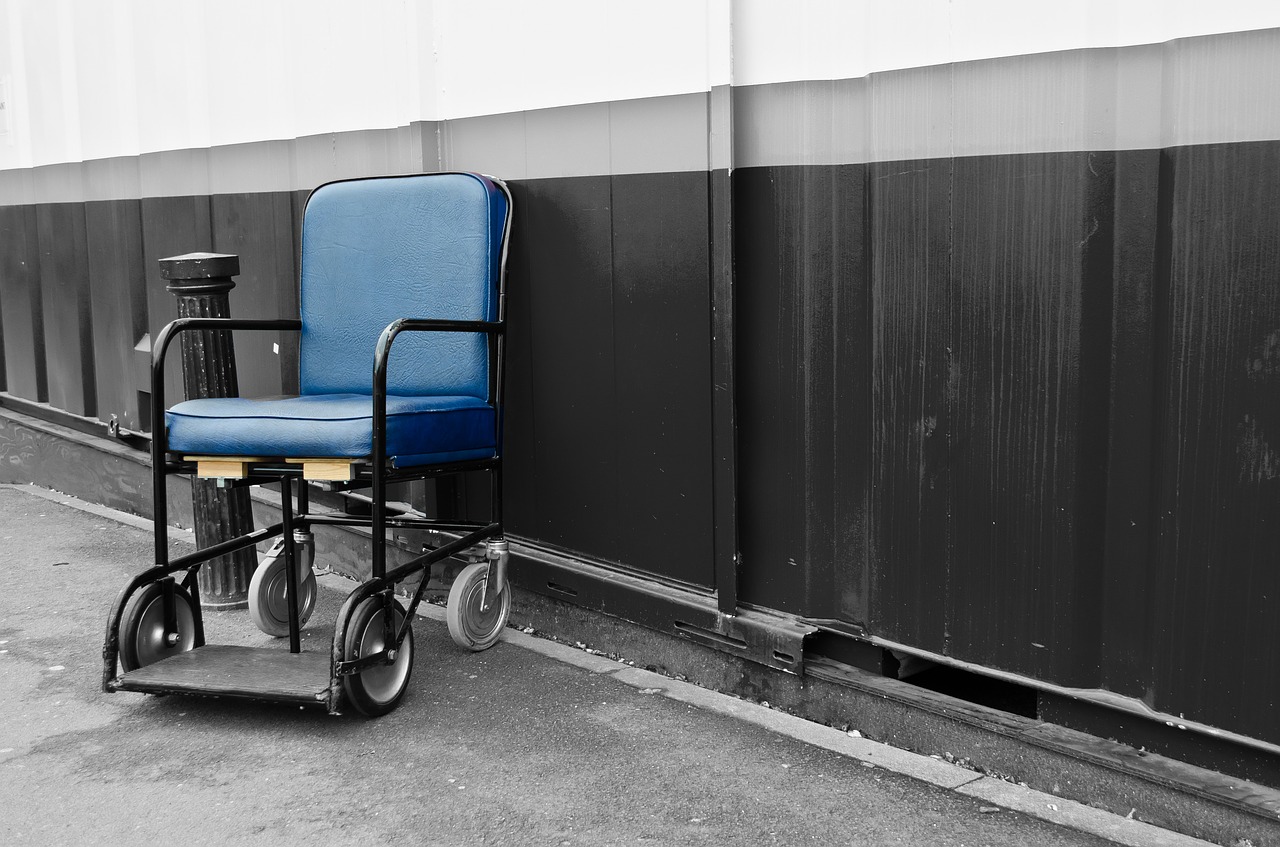By Anthony Clissold
Hospitals are a key component of society today. They make sure that people who aren’t well can be looked after until they are better and can re-join society as quickly as possible. In Australia, there is a growing demand for hospital services due to our aging and growing population and also due to chronic diseases arising from our modern lifestyle. This has caused most hospitals to be operating near full capacity a lot of the time. This has increased the effect of congestion on the hospital system, as there is less flexibility to cope with the extra demand on resources. This is a serious issue as it can lead to wide-ranging consequences such as longer waiting times, ambulance diversion and ‘ramping,’ postponement of some surgeries, stressed staff and reduced quality of care.
As Australia’s population rises, demand on hospitals is expected to increase, putting even more strain on an already strained system. We need to try to work out ways to minimise very high capacity days in hospitals so that more resources can be freed up for when congestion occurs.
It turns out that there are daily and weekly patterns of occupancy in most hospitals. This allows us to work out how likely it is that there will be congestion in the future, given how congested the hospital is at the current time. We can also test the effects of different actions on the hospital’s state by altering the chances of moving to each state. The actions can range from discharging some number of patients a little bit early or transferring extra patients to another hospital, all the way to cancelling elective surgeries.
By using the optimum combination of these actions, we can maximise flows of patients through the hospital, thus minimising congestion. This helps to improve length of stay times, quality of care, staff morale and at the end of the day, a patient’s overall hospital experience.
Anthony Clissold was one of the recipients of a 2013/14 AMSI Vacation Research Scholarship.

